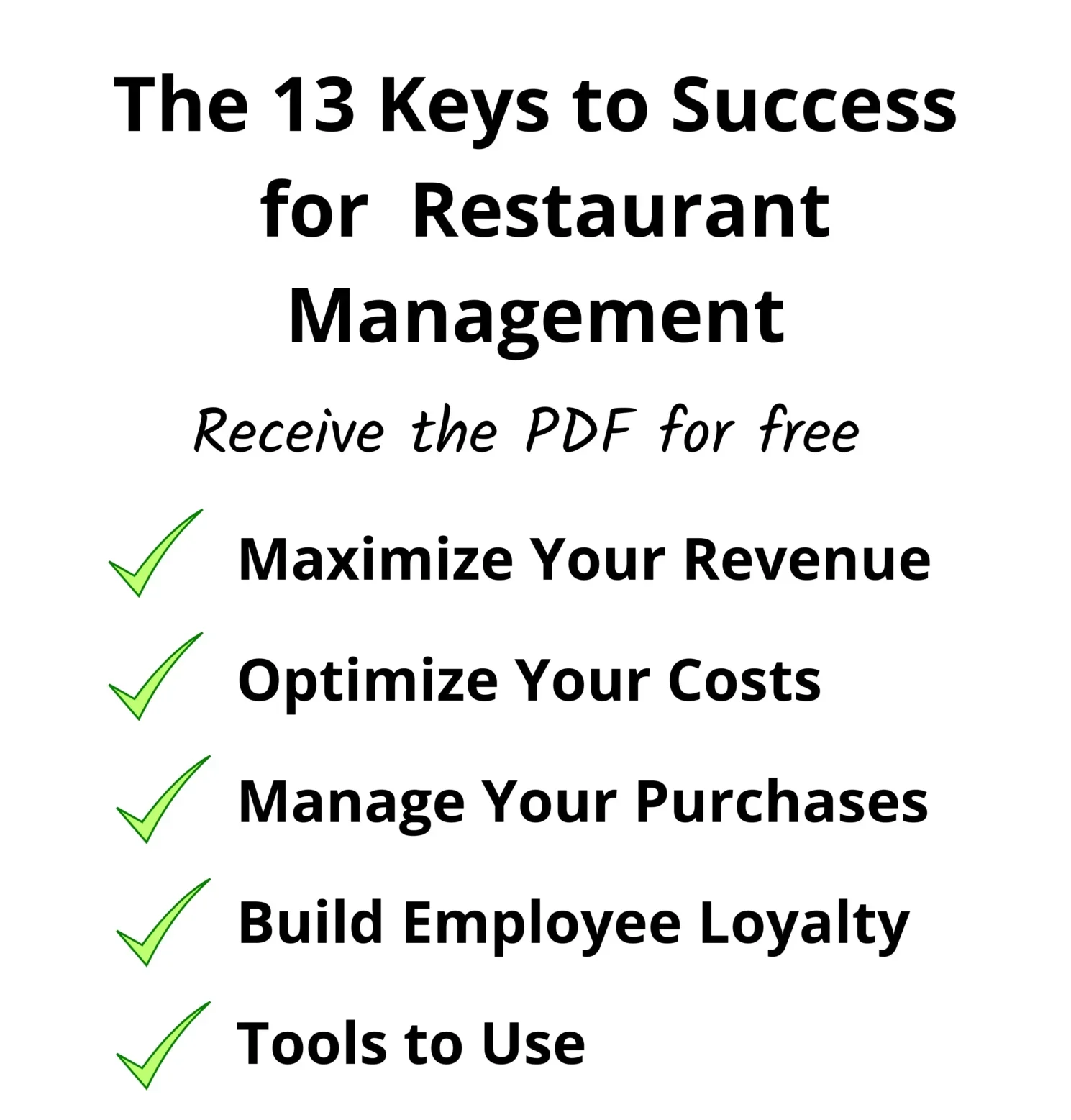
Food waste in the restaurant industry is now more than ever at the forefront of consumer concerns. It presents not only societal and environmental challenges but also economic ones, prompting businesses to take action to minimize it. In this article, we will delve into the general aspects of food waste in the restaurant industry and then focus on its economic implications.
Food waste on a global scale is estimated to be around 1.3 billion tons annually, equating to 41 tons per day. This represents 33% of the world’s production that is discarded without consumption. Of this waste, 54% originates from production, and 46% stems from distribution and consumption. It’s important to note that an estimated 13% of the global population suffers from undernutrition.
In France, the restaurant sector accounts for 14% of total food waste. This could be attributed to the dining habits of the French population, who frequently visit restaurants. In 2018, 3% of French individuals dined out multiple times a week, 6% once a week, 19% once a month, and 32% between two and ten times a year.
Food waste in restaurants can arise from several sources:
The restaurant sector thus has the potential to catalyze profound changes in the working methods throughout the food supply chain. It can address producers, suppliers, and customers, acting as an advocate for improved operational logic.
First and foremost, the human aspect is crucial. Discarding food cannot be considered normal. Today, we have the tools available to prevent waste, whether logistical or operational.
From an environmental perspective, food production is disastrous. It consumes substantial resources unnecessarily, including the fuel required for transporting these goods.
Let’s delve into the economic aspect, the focus of this article.
How can reducing food waste economically benefit hospitality and restaurant establishments?
Answering this question could be the driving force behind the increasingly necessary change.
Note that this article solely addresses food waste, but the ideas presented here can also apply to packaging, chemicals, consumables, and more.
Consider the economic aspect, the focus of this article.
How can reducing food waste economically benefit hospitality and restaurant establishments?
Answering this question could be the driving force behind the increasingly necessary change.
Note that this article solely addresses food waste, but the ideas presented here can also apply to packaging, chemicals, consumables, and more.
Personnel costs are by far the most significant expenses for a business (approximately 35 to 45% of revenue). The time spent ordering, receiving, and storing goods, as well as preparing and disposing of food that will go to waste, directly contributes to labor costs.
We can also consider the wear and tear on equipment and materials. If we assume a rounded waste rate of 10% instead of the restaurant’s 14%, it means that 10% of equipment and materials are used for wastage alone, not adding value to the business.
Regarding profitability, a restaurant typically operates at around 5% profit. This can vary slightly up or down.
The cost of raw materials is around 25-30%. Consider a restaurant with a monthly revenue of $50,000 and already some attention to food waste, representing 10% of its purchases. Assume half of the waste is from customers and the other half from production.
Basic calculations:
Impact on revenue:
Impact of personnel costs:
Thus, between 1.25% and 3.25% of revenue and 25% to 65% of profitability could be lost due to waste. This also doesn’t account for equipment wear and tear.
Waste is therefore a key to profitability for establishments of all sizes and must be considered by all managers and directors.
Numerous anti-waste solutions are available to help manage resources more effectively. Here are a few:
The battle against food waste is a multidimensional endeavor, encompassing social, environmental, and economic facets. By integrating strategies to minimize waste and implementing cost-effective practices, restaurants can optimize their operations, enhance profitability, and contribute to a more sustainable future.
Everything you need to optimize your margins. Articles, tools, training, and much more. Sign up for the newsletter to receive all the latest Resto Clover news.






Your email address